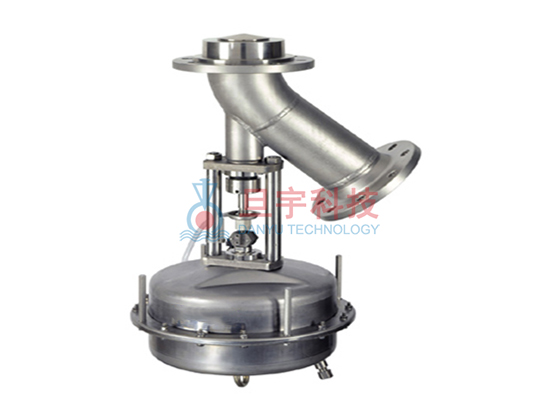Bottom valve
 |
♦ No dead zone
♦ Strictly close
♦ Stem seal prevents leakage to the atmosphere
♦ Crystallization considerations and the design of the shell spool
♦ Cross contamination
♦ Fireproof
♦ Temperature measurement
♦ Sampling |
Introduction to bottom valve
1. Scope of application
Tank bottom valves are now widely used in chemical, petroleum, metallurgical, pharmaceutical, pesticide, dye, and food processing industries.
2. Model specifications
Nominal diameter: DN20—80
3. Connection method
(1)Clamp
(2)Welding
(3)Flange
4. Performance characteristics
(1)The valve body has a Y-shaped structure and is installed at the bottom of the reactor for emptying the reactor.
(2)Divided into two types: up-extension and down-extension.
(3)The valve body has good pressure bearing capacity and adapts to high flow pressure difference.
(4)It is not easy to be damaged under the environment of high pressure difference.
(5)The valve core, valve stem, and valve seat are all made of special materials, and the internal parts have enhanced corrosion resistance.
(6)The leakage level can reach the zero leakage defined by API.

 TEL
TEL